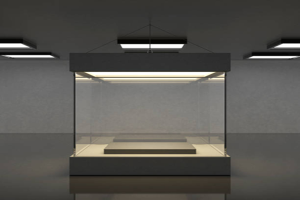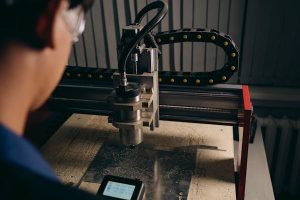Plastic fabrication is an intricate process that involves transforming raw plastic materials into a wide range of finished products used in various industries, from automotive and aerospace to medical and consumer goods. In this blog post, we will delve into the fascinating world of plastic fabrication, exploring the key steps and techniques involved in bringing plastic products to life.
1. Design and Planning
The plastic fabrication process begins with meticulous design and planning. Engineers and designers work closely to conceptualise the product, considering factors such as functionality, aesthetics, and manufacturing feasibility. Advanced design software allows for precise modelling and prototyping, enabling stakeholders to visualise the final product before fabrication begins.
2. Material Selection
Choosing the right plastic material is crucial to the success of the fabrication process. There are numerous types of plastics available, each with its own unique properties and characteristics. Factors such as strength, durability, flexibility, and temperature resistance play a significant role in determining the most suitable material for the intended application. Common types of plastics used in fabrication include acrylic, polycarbonate, polyethylene, and PVC.
3. Cutting and Shaping
Once the design and material selection are finalised, the fabrication process moves to cutting and shaping the raw plastic materials. Advanced cutting techniques such as laser cutting, CNC routing, and water jet cutting allow for precise shaping and sizing of the plastic components. These cutting methods ensure accuracy and consistency in the final product while minimising material waste.
4. Forming and Moulding
Forming and moulding are essential processes in plastic fabrication, allowing for the creation of complex shapes and structures. Techniques such as thermoforming, injection molding, and vacuum forming are commonly used to heat and shape the plastic materials into the desired forms. These methods offer flexibility and efficiency in production, enabling manufacturers to produce large quantities of identical parts with high precision.
5. Joining and Assembly
Once the individual components are formed and molded, they are assembled and joined together to create the final product. Joining techniques such as solvent bonding, welding, and mechanical fastening are used to securely connect the plastic parts. Skilled technicians carefully assemble the components according to the design specifications, ensuring structural integrity and functionality.
6. Finishing and Surface Treatment
The finishing touches are applied to the fabricated plastic products to enhance their appearance and functionality. Surface treatments such as polishing, sanding, and coating are used to achieve smooth and uniform surfaces, remove imperfections, and add protective layers. Decorative finishes such as painting, printing, and engraving can also be applied to customise the appearance of the products according to the client’s specifications.
7. Quality Control and Testing
Throughout the fabrication process, quality control measures are implemented to ensure the integrity and performance of the final product. Rigorous testing procedures, including dimensional checks, strength tests, and durability assessments, are conducted to verify compliance with industry standards and customer requirements. Any deviations or defects are promptly identified and addressed to maintain the highest level of quality.
8. Packaging and Shipping
Once the plastic products have passed quality control inspections, they are carefully packaged and prepared for shipping to their destination. Proper packaging protects the products from damage during transit and ensures they arrive safely at the end user. Efficient logistics and supply chain management play a crucial role in delivering the fabricated products to customers in a timely manner. In conclusion, the process of plastic fabrication is a complex and intricate journey that involves careful planning, precise execution, and attention to detail at every stage. From design and material selection to cutting, shaping, forming, and assembly, each step contributes to the creation of high-quality plastic products used in diverse industries around the world. By revealing the behind-the-scenes process of plastic fabrication, we gain a deeper appreciation for the ingenuity and craftsmanship involved in bringing everyday products to life.










